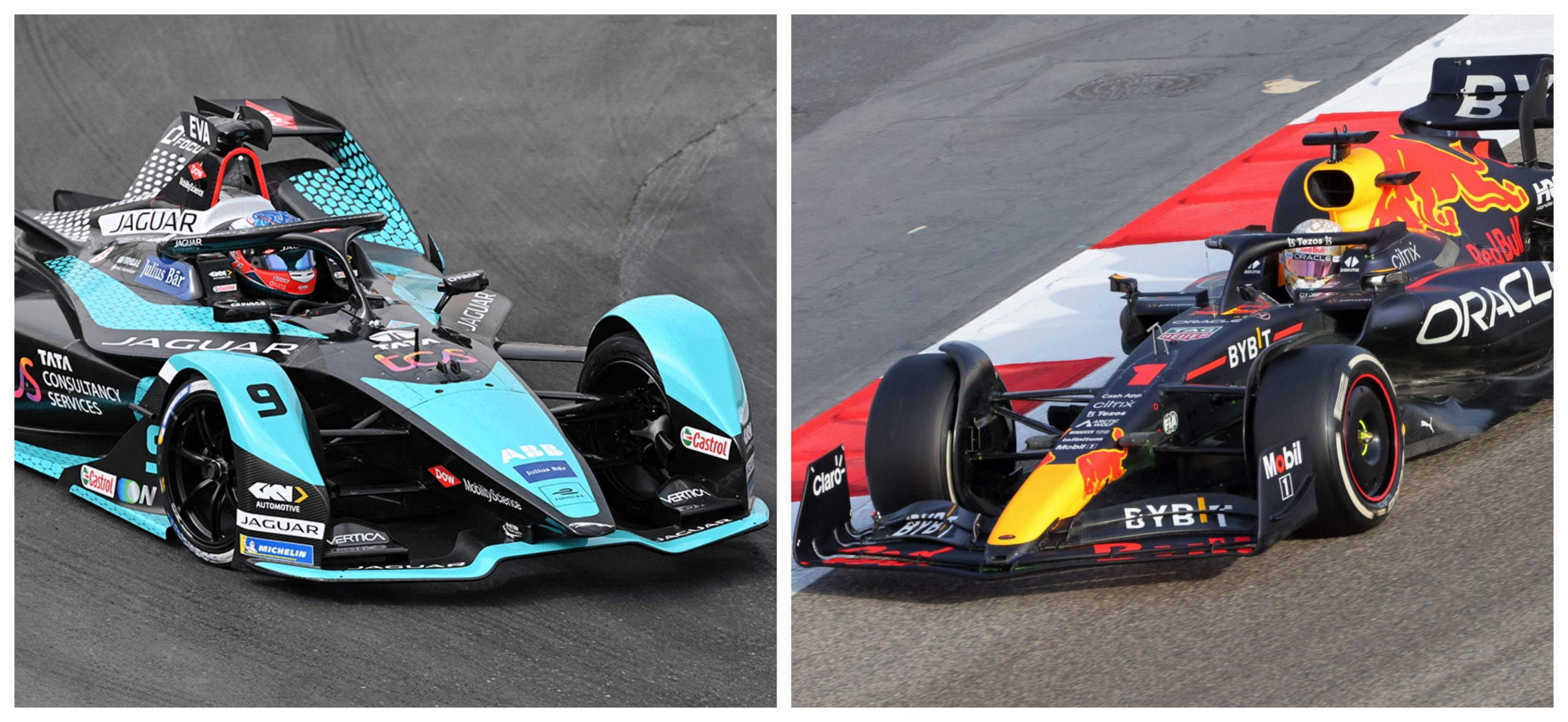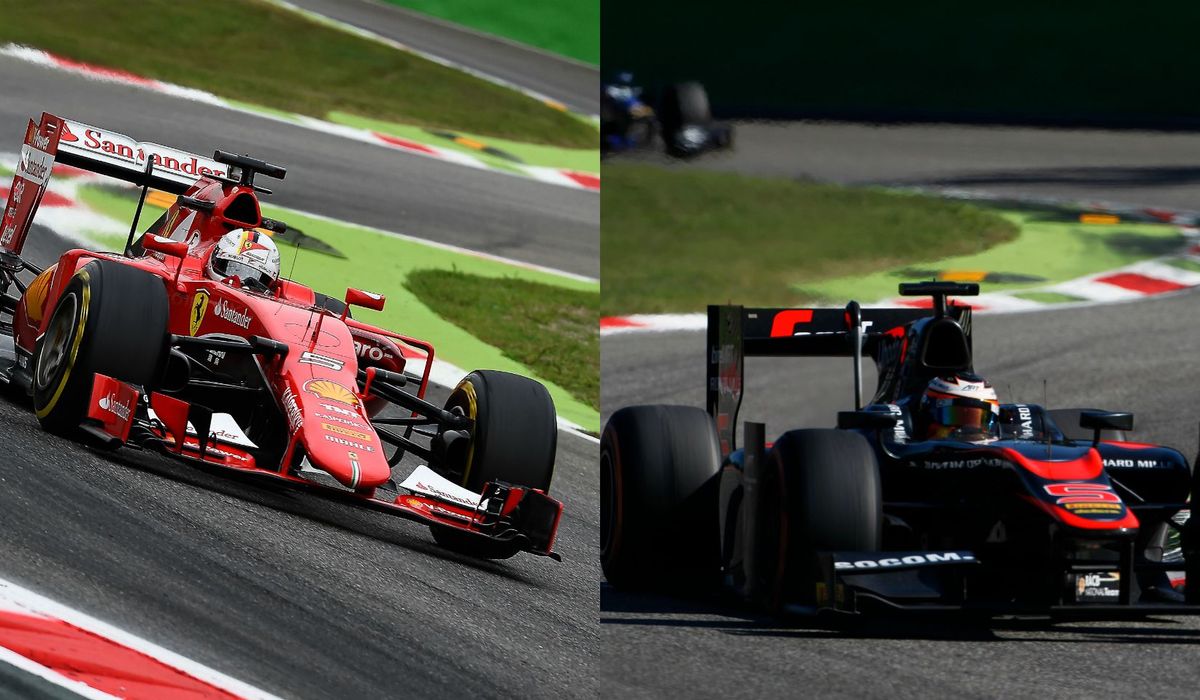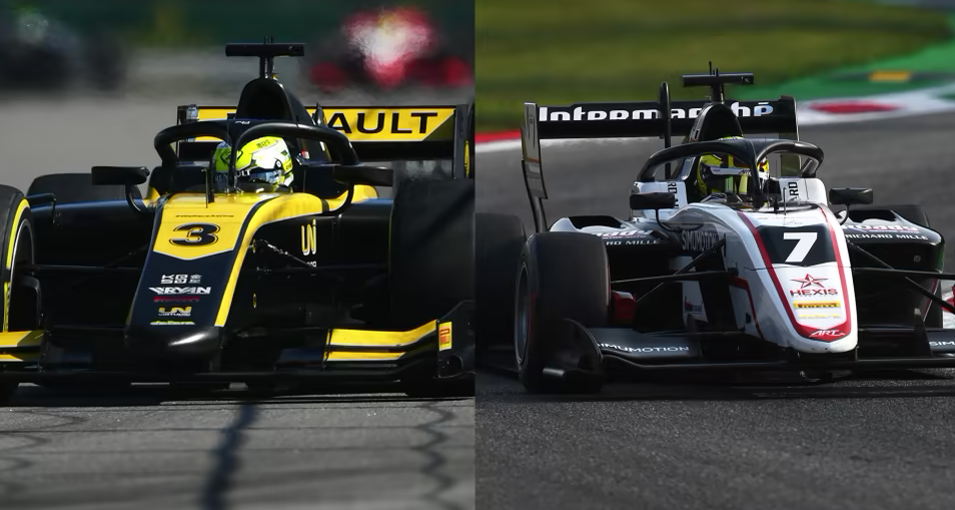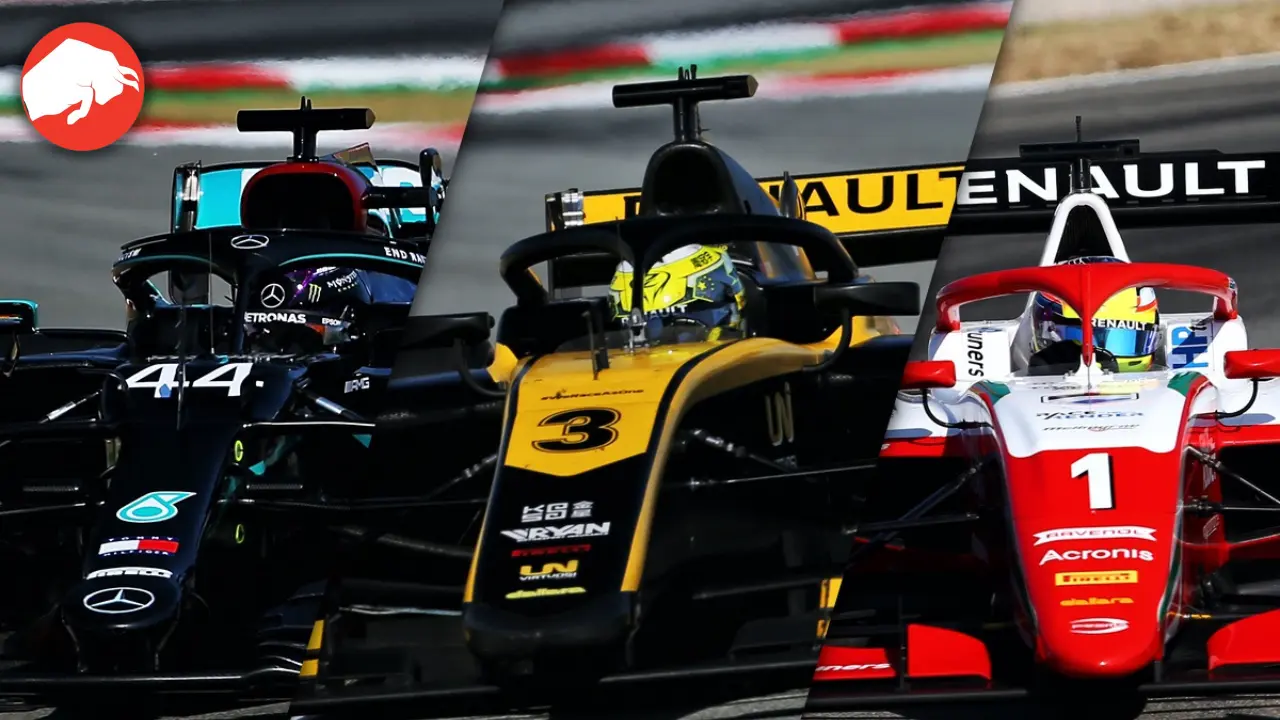Formula 1 racing is the epitome of motor racing; nevertheless, these events can also be categorized into various divisions, more commonly referred to as F1, F2, F3, and FE. While Formula One garners the highest level of popularity and recognition, the other divisions hold their own significance. In this comprehensive analysis, you will explore each division in a comparative study.
Formula 1 vs Formula E

FE is a relatively recent addition to these competitions and stands for Formula Electric. It is primarily designed for the new generation of electric cars, which differ significantly from the traditional Formula 1 races. While the regulations remain consistent in FE, participation is limited to electric cars.
The main distinction between these events lies in the fact that F1 cars can reach top speeds of 374 km/h, whereas FE cars are capped at around 220 km/h. This disparity necessitated the creation of a separate segment for these cars by the Formula One developers. Regarding the vehicles utilized, while F1 races showcase a wide array of models and manufacturers, FE cars are still in their early stages and exclusively employ the Park-Renault SRT_01E.
However, with advancing technology, this format is also gaining popularity among general audiences, and it is only a matter of time before more companies become involved. The promising nature of the event suggests that it will soon achieve a comparable level of popularity to the main races.
Formula 1 vs Formula 2

One of the most prevalent discussions surrounding Formula 1 events revolves around the distinctions between F1 and F2. The FIA Formula 2 championship, commonly referred to as F2, is often considered the unofficial developmental series for Formula 1. While in F1, each team possesses their own car models and manufacturers, incorporating their own technological advancements to enhance their chances of victory, F2 mandates that all drivers utilize a car specifically designed by Williams F1.
In F2, all cars are identical, and all drivers receive support from the same group of race engineers. This uniformity ensures that the sole differentiating factor among racers is their individual talent, rather than the technology at their disposal.
Moreover, F2 cars possess approximately half the horsepower of their F1 counterparts. However, this discrepancy does not significantly impact the top speeds achieved. For aspiring drivers seeking to participate in an F2 event, the cost stands at around 311,000 USD, which is only about one-tenth of the expense associated with competing in an F1 race. Subtle differences can also be observed in the format. F2 mandates practice sessions and a single qualifying session that determines the roster for the feature races. Following that, the top eight performers in the feature races have their positions reversed, establishing the starting order for the sprint race.
Formula 1 vs Formula 3

Formula 3 is widely regarded as the entry level for aspiring F1 racers and is typically constructed by Mygale. F3 cars reach a maximum speed of 270 km/h and are recognized as the slowest fuel-based Formula racing cars. The chassis of an F3 car is consistently manufactured by Dallara and is utilized by every team. Just like in F2 races, carbon-fiber monocoque chassis are employed in this series as well, each powered by a naturally aspirated V6 engine provided by Mecachrome, which is always direct-injected.
The race weekends in this series bear a striking resemblance to those of F2, encompassing both a feature race and a sprint race. Similar to the F2 series, the sprint race in Formula 3 also includes a reversal of the top 8 positions, while the remaining positions remain unchanged. Typically, feature races in this series are longer in duration compared to sprint races.
Formula 4
Formula 3
Formula 2
Formula 1🏎️ What makes these cars different, and each one faster than the previous one? 🤔
This thread compares their performance: you can’t miss it if you’re a #F1 enthusiast!
👇👇 pic.twitter.com/124PAMRT5j— Formula Data Analysis (@FDataAnalysis) November 29, 2022
The F3 event commences with a practice session, followed by a qualifying round held on Friday. The victors of the qualifying round subsequently earn the opportunity to participate in the feature race on Saturday, followed by a sprint race on Sunday.
These distinctions serve as fundamental variances that can enhance your comprehension of the distinct segments within the realm of Formula racing.










